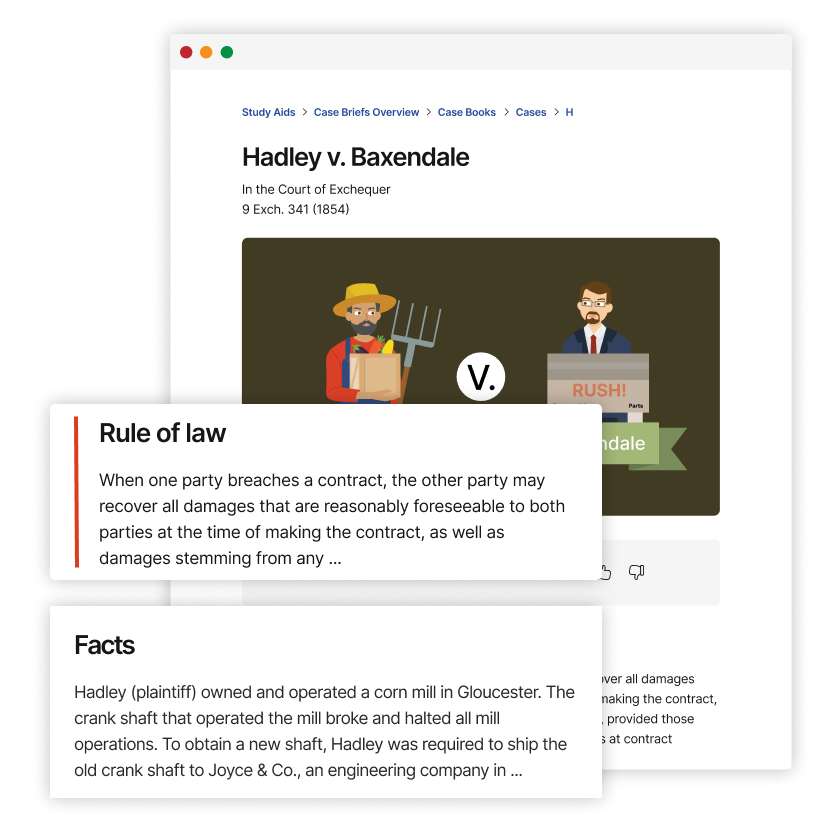Purdy v. Pacific Automobile Insurance Co.
California Court of Appeals
157 Cal. App. 3d 59 (1984)
- Written by Rose VanHofwegen, JD
Facts
David Purdy and his bankruptcy trustee (plaintiffs) sued Pacific Automobile Insurance Company, attorney Roger Roberts, and Roberts’s two law firms (defendants) for wrongfully refusing to settle a claim and legal malpractice. While riding motorcycles, Purdy collided with longtime friend and coworker Marion “Buck” Partin, who suffered debilitating injuries. Purdy was riding a motorcycle owned by Buck’s cousin, who had a business and liability insurance with a $100,000 limit. Buck sued his cousin, his cousin’s business, and Purdy. Pacific initially defended Purdy in addition to its insureds. Claims manager Kenneth Bonar hired Rogers to defend the lawsuit. Purdy and Buck gave statements consistent with Buck causing the accident by cutting off Purdy. However, both men had retrograde amnesia and could not remember the events just before the collision. Witness statements, physical evidence, and expert accident reconstructions showed Purdy had cut off Buck instead. Buck’s attorney made three settlement demands at policy limits, but Bonar refused to settle. Before the third settlement demand, Purdy had employed independent counsel who urged strongly for settlement, but Pacific retained control of the litigation and refused to settle. Correspondence with Pacific showed Rogers knew about the accumulating evidence of Purdy’s responsibility and the likelihood of a verdict exceeding policy limits and communicated that knowledge to Pacific, but Pacific had exposure of only $100,000 and gambled on going to trial. The jury returned a verdict for Buck against Purdy for $325,000. Pacific paid $100,000, leaving Purdy liable for $225,000. The verdict confirmed Purdy was responsible for Buck’s injuries, and mutual friends and coworkers shunned Purdy. He lost his job and filed for bankruptcy. Purdy and his bankruptcy trustee sued alleging Rogers and his firms committed malpractice by negligently failing to settle but did not allege conspiracy, intentional torts, or that Rogers failed to properly disclose the conflict of interest. The trial court rejected the malpractice claims, and Purdy and his bankruptcy trustee appealed.
Rule of Law
Issue
Holding and Reasoning (Hanson, J.)
What to do next…
Here's why 899,000 law students have relied on our case briefs:
- Written by law professors and practitioners, not other law students. 47,000 briefs, keyed to 994 casebooks. Top-notch customer support.
- The right amount of information, includes the facts, issues, rule of law, holding and reasoning, and any concurrences and dissents.
- Access in your classes, works on your mobile and tablet. Massive library of related video lessons and high quality multiple-choice questions.
- Easy to use, uniform format for every case brief. Written in plain English, not in legalese. Our briefs summarize and simplify; they don’t just repeat the court’s language.






